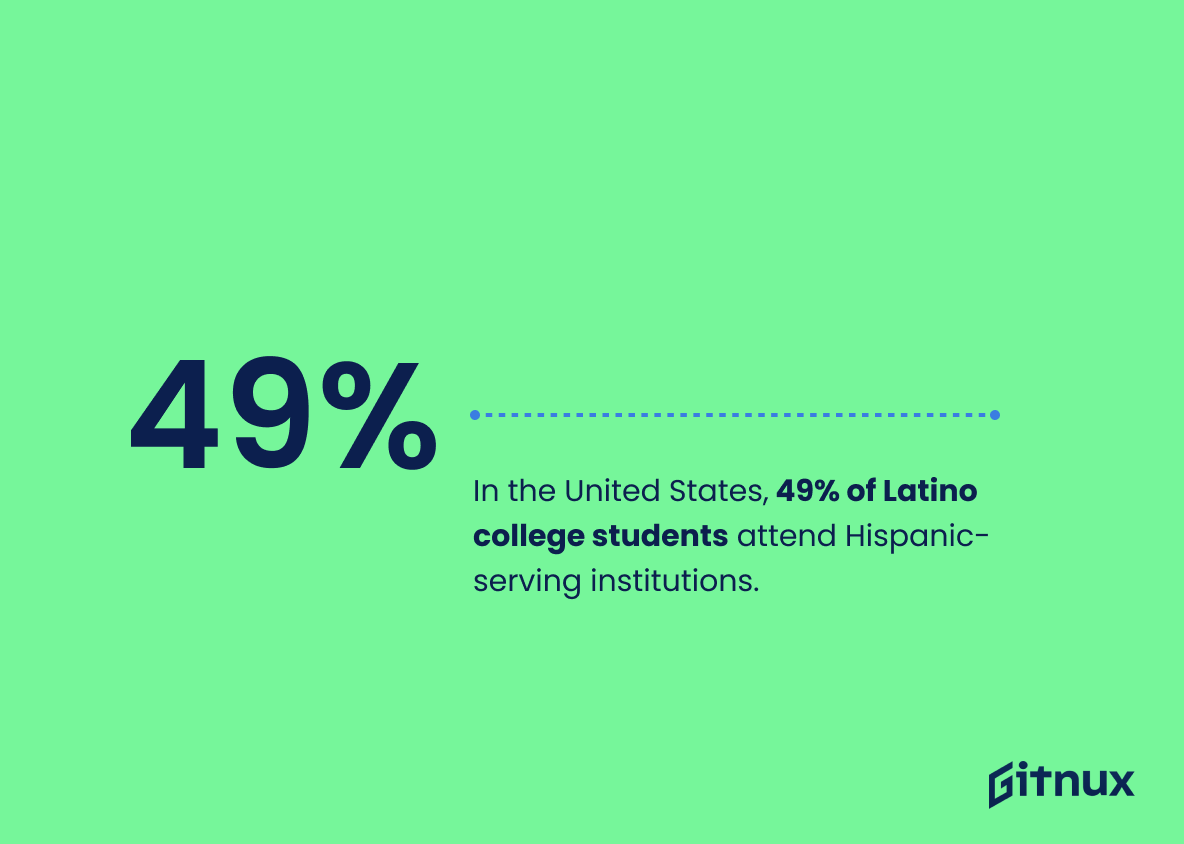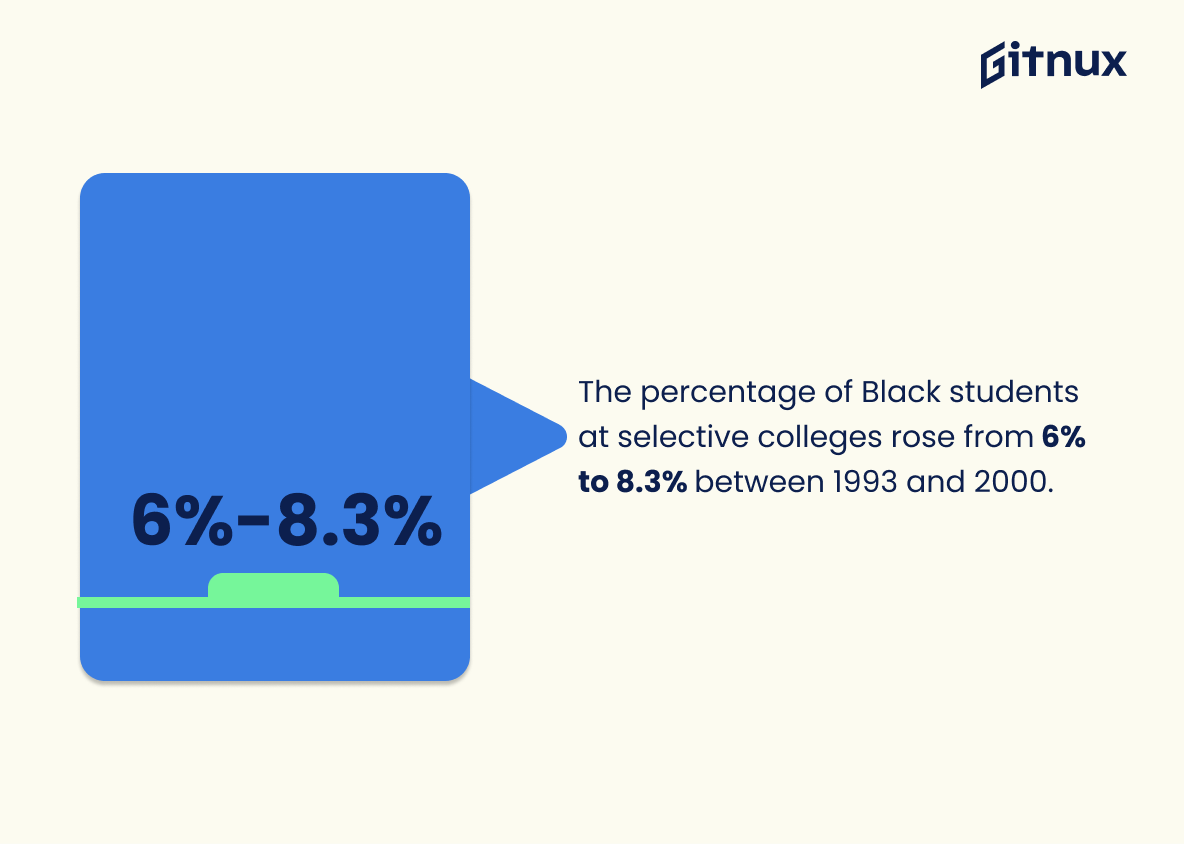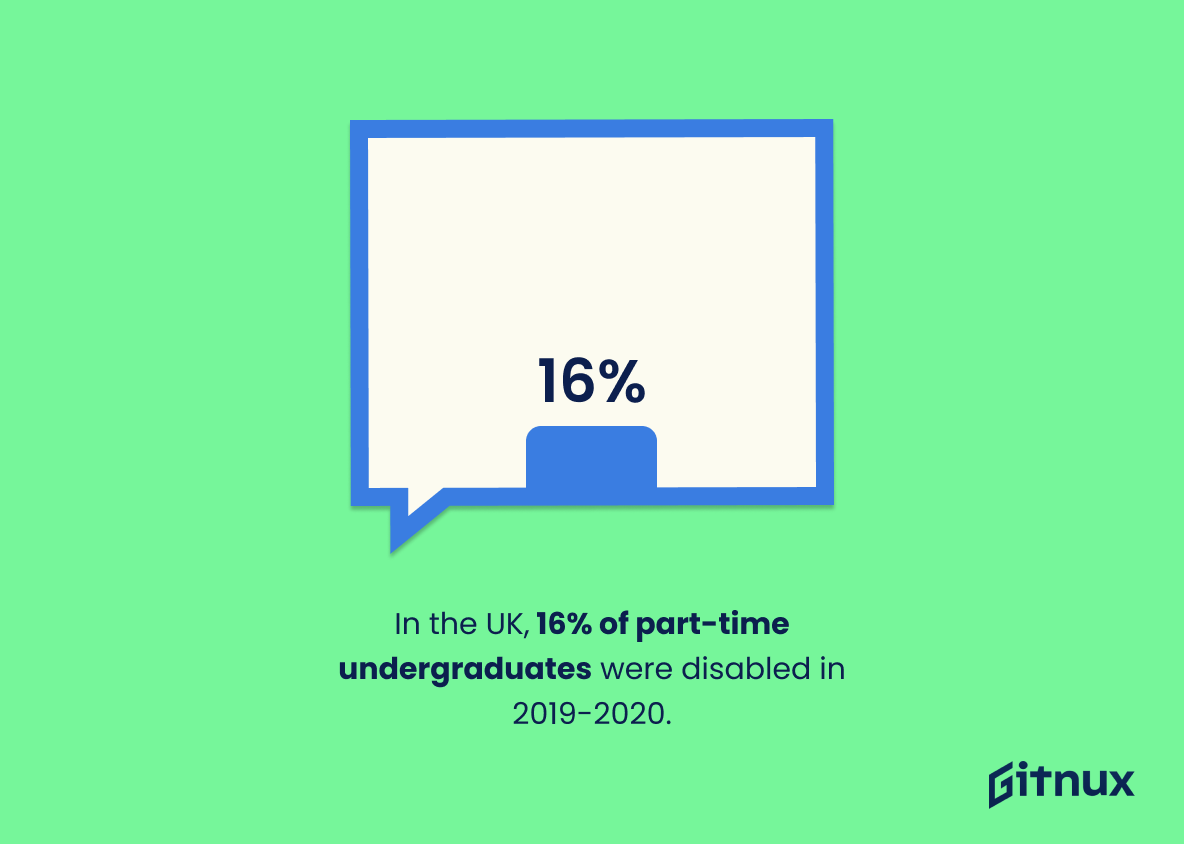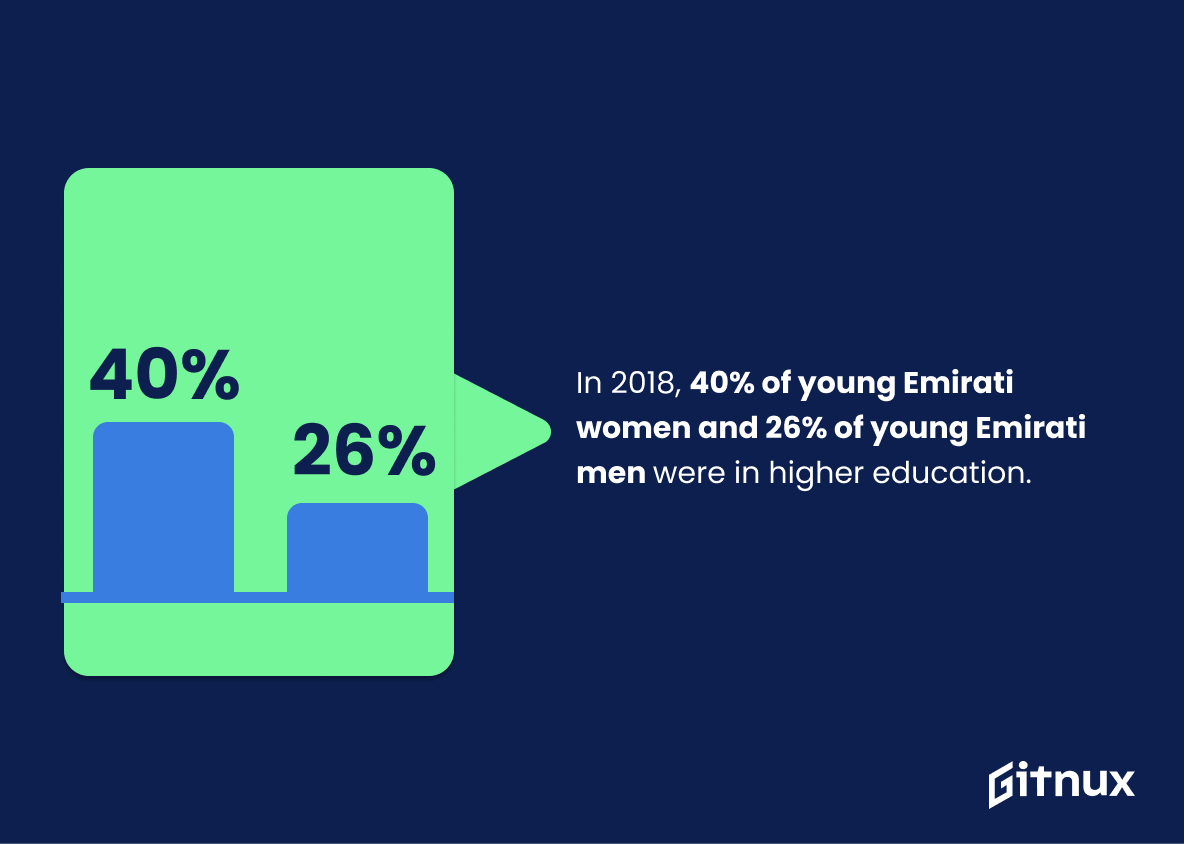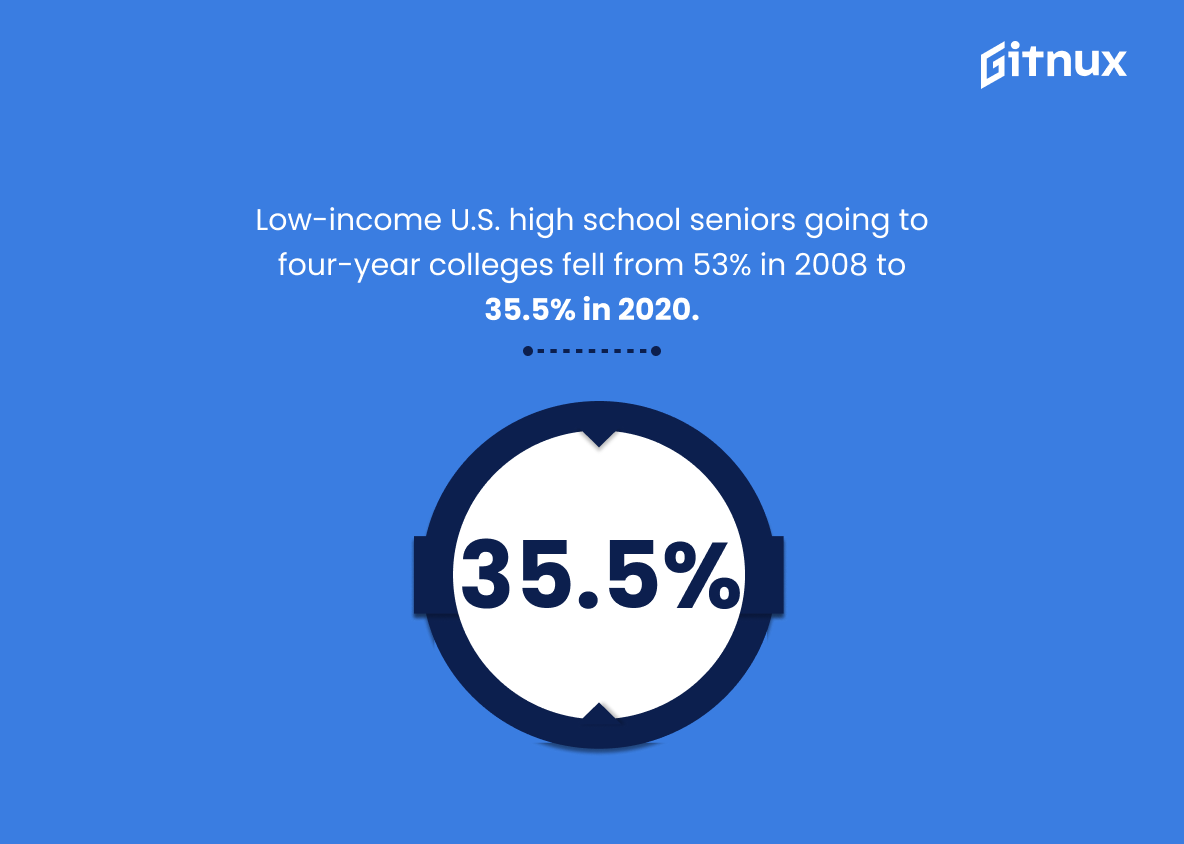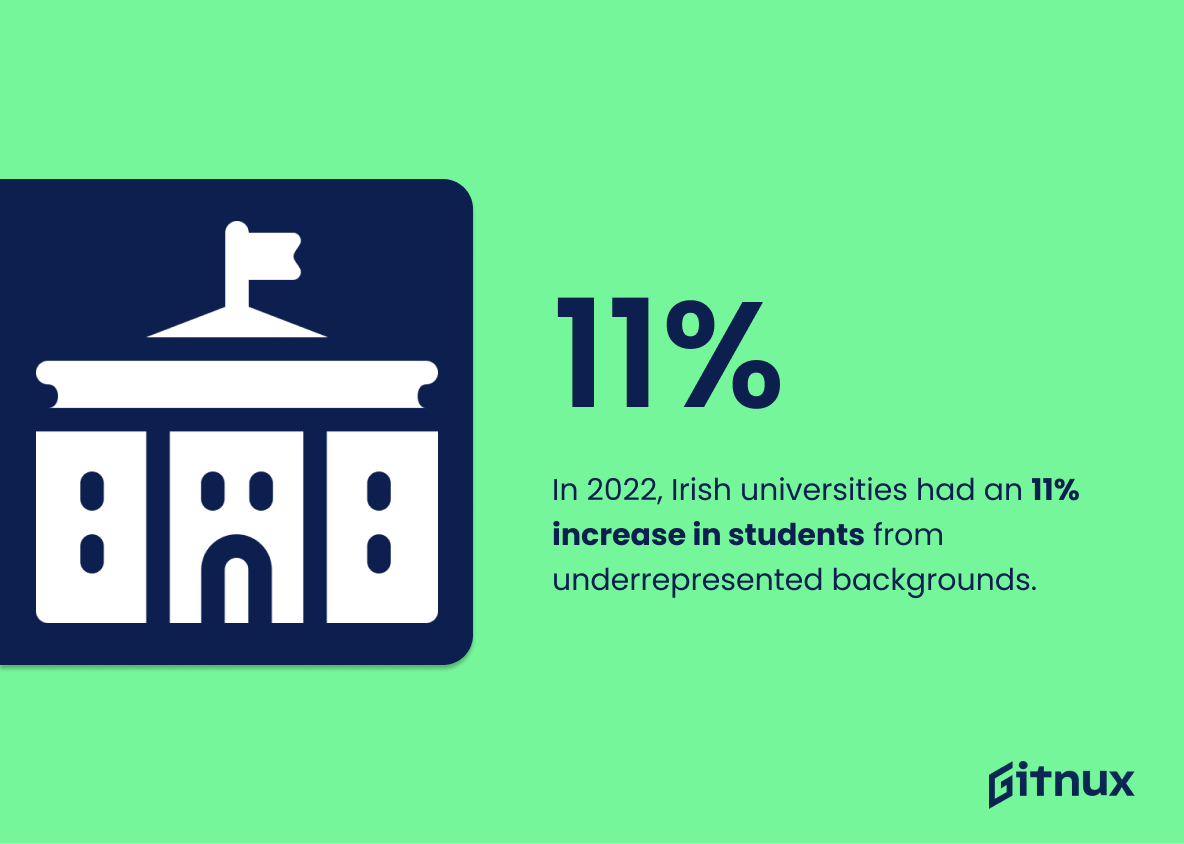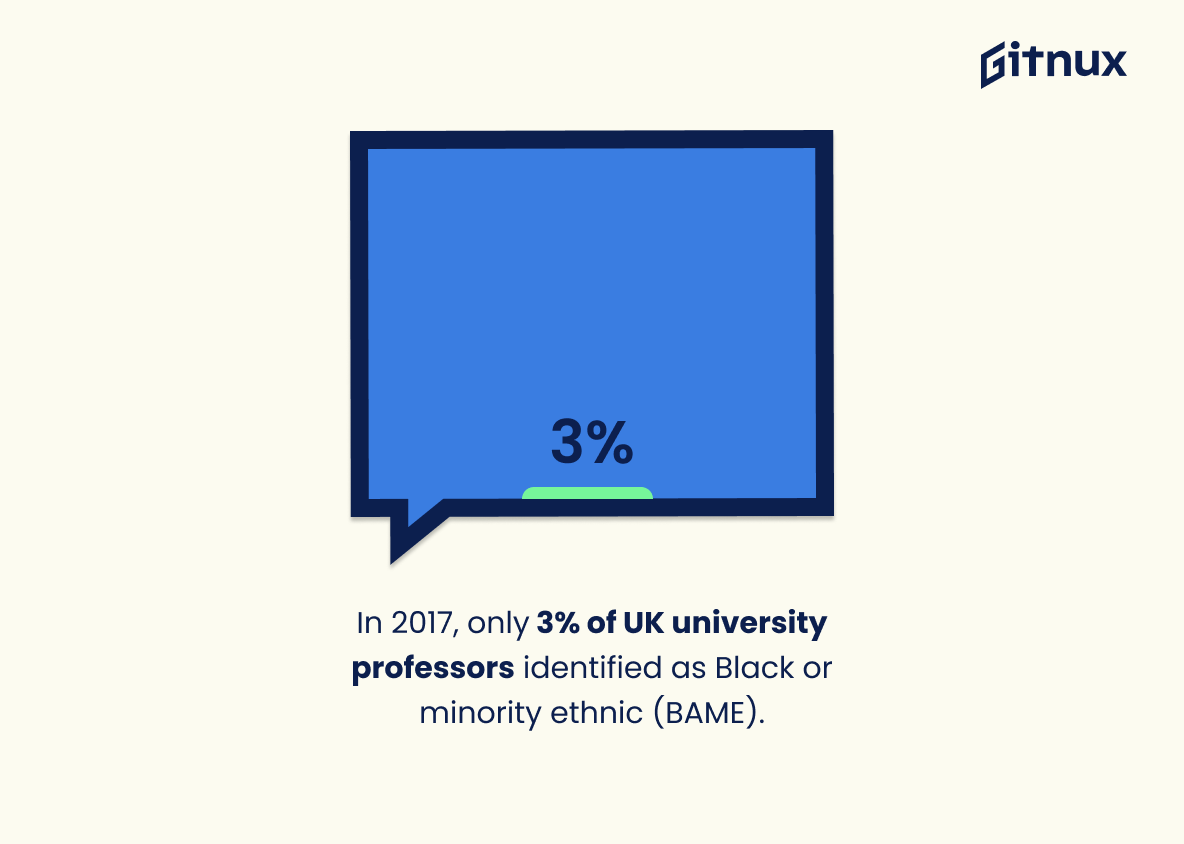Diversity in higher education is an important issue that affects students, faculty members, and institutions around the world. This blog post will explore current statistics on diversity in higher education from countries such as the United States, United Kingdom, Canada, UAE, Ireland and Brazil. We’ll look at data related to race/ethnicity (Black/African American; Hispanic or Latino; White), gender identity (women; LGBTQ+), disability status (students with disabilities) socio-economic background (first-generation college students) and Indigenous populations. By examining these numbers we can gain a better understanding of how far we have come towards achieving greater equity within our educational systems – but also where there are still gaps that need to be addressed.
Diversity In Higher Education Statistics Overview
As of 2019, 26.1% of undergraduate students in the United Kingdom are from ethnic minority backgrounds.
This statistic is a powerful indicator of the progress being made towards greater diversity in higher education in the United Kingdom. It demonstrates that the UK is making strides towards creating a more inclusive and equitable educational system, one that is open to students from all backgrounds. This statistic is especially important in the context of a blog post about diversity in higher education statistics, as it provides a tangible example of the progress being made in this area.
Only 15% of university vice-chancellors in the United Kingdom are women.
This statistic is a stark reminder of the gender disparity that exists in higher education leadership. It highlights the need for universities to take action to ensure that women are given equal opportunities to take on leadership roles. This statistic is a call to action for universities to create an environment that is more inclusive and equitable for all genders.
In the United States, 49% of Latino college students attend one of 22 institutions classified as Hispanic-serving, where at least 25% of the student body identifies as Hispanic.
This statistic is a powerful reminder of the importance of Hispanic-serving institutions in providing access to higher education for Latino students. It highlights the need for more resources and support for these institutions, which are often underfunded and underrepresented in the higher education landscape. It also serves as a reminder of the need for greater diversity in higher education, and the need to ensure that all students have access to the same opportunities regardless of their background.
The representation of Black students in highly selective colleges and universities increased from 6% to 8.3% between 1993 and 2000.
This statistic is a testament to the progress made in increasing diversity in higher education. It shows that, between 1993 and 2000, the representation of Black students in highly selective colleges and universities increased by more than two percentage points. This is a significant step forward in the effort to make higher education more accessible and equitable for all students, regardless of race or ethnicity.
In 2018, women earned 57.3% of bachelor’s degrees in the United States.
This statistic is a powerful indicator of the progress being made towards gender equality in higher education. It shows that women are increasingly taking advantage of the opportunities available to them in higher education, and that universities are making strides towards creating a more equitable learning environment. This statistic is an important reminder that diversity in higher education is not only beneficial, but also achievable.
Native American students represent only 0.8% of undergraduate enrollment in public four-year institutions in the United States.
This statistic is a stark reminder of the lack of representation of Native American students in public four-year institutions in the United States. It highlights the need for greater efforts to ensure that Native American students have access to higher education and are able to benefit from the same opportunities as other students. This statistic is an important part of the conversation about diversity in higher education and should be taken into account when discussing the current state of diversity in higher education.
16% of part-time undergraduate students in the UK were disabled during the 2019-2020 academic session.
This statistic is a stark reminder of the need for universities to ensure that disabled students are provided with the necessary support and resources to succeed in their studies. It highlights the importance of creating an inclusive and accessible learning environment for all students, regardless of their disability status. Furthermore, it serves as a reminder that universities must strive to create an equitable and diverse learning environment that is welcoming to all students.
From 2000 to 2018, the percentage of first-generation students at four-year universities in the United States increased from 4.4% to 5.5%.
This statistic is a testament to the progress that has been made in increasing access to higher education for first-generation students. It highlights the importance of creating an environment that is welcoming and supportive of students from all backgrounds, and demonstrates the positive impact that diversity can have on educational institutions.
In 2018, more than 40% of Emirati women aged 18-30 participated in higher education, compared to only 26% of Emirati men in the same age group.
This statistic is a powerful indicator of the importance of diversity in higher education. It highlights the fact that, despite the gender gap in higher education, Emirati women are still making strides in their educational pursuits. This statistic serves as a reminder that, while there is still work to be done to ensure equal access to higher education for all genders, progress is being made. It also serves as a reminder that diversity in higher education is essential for a thriving and equitable society.
The proportion of low-income U.S. high school seniors planning to enroll in a four-year college dropped from 53% in 2008 to 35.5% in 2020.
This statistic serves as a stark reminder of the widening gap between low-income students and their more affluent peers when it comes to college enrollment. It highlights the need for increased access to higher education for those from disadvantaged backgrounds, and the importance of creating a more equitable and diverse college environment.
In 2022, Irish higher education institutions recorded an 11% increase in enrollment of students from underrepresented socio-economic backgrounds.
This statistic is a testament to the progress being made in the realm of diversity in higher education. It shows that Irish higher education institutions are actively working to create a more equitable and inclusive environment for students from underrepresented socio-economic backgrounds. This is an important step in the right direction and should be celebrated.
In 2017, only 3% of UK university professors identified as Black or minority ethnic (BAME).
This statistic is a stark reminder of the lack of diversity in UK universities. It highlights the need for universities to take action to ensure that their staff reflects the diversity of the student body and the wider population. It also serves as a reminder that there is still a long way to go in terms of achieving true equality in higher education. This statistic is an important part of the conversation about diversity in higher education and should be taken into account when discussing the issue.
Conclusion
The statistics presented in this blog post demonstrate the disparities that exist between different groups of people when it comes to higher education. Despite some progress, there is still a long way to go before all students have equal access and representation in universities around the world. It is clear from these numbers that more needs to be done by governments, institutions, and individuals alike if we are going to create an equitable educational system for everyone.
References
0. – https://www.aplu.org
1. – https://www.irishtimes.com
2. – https://www.ucu.org.uk
3. – https://www.nscresearchcenter.org
4. – https://www.runnymedetrust.org
5. – https://www.hesa.ac.uk
6. – https://www.nces.ed.gov
7. – https://www.edexcelencia.org
8. – https://www.advance-he.ac.uk
9. – https://www.educationdata.org
10. – https://www.khaleejtimes.com
11. – https://www.brookings.edu


